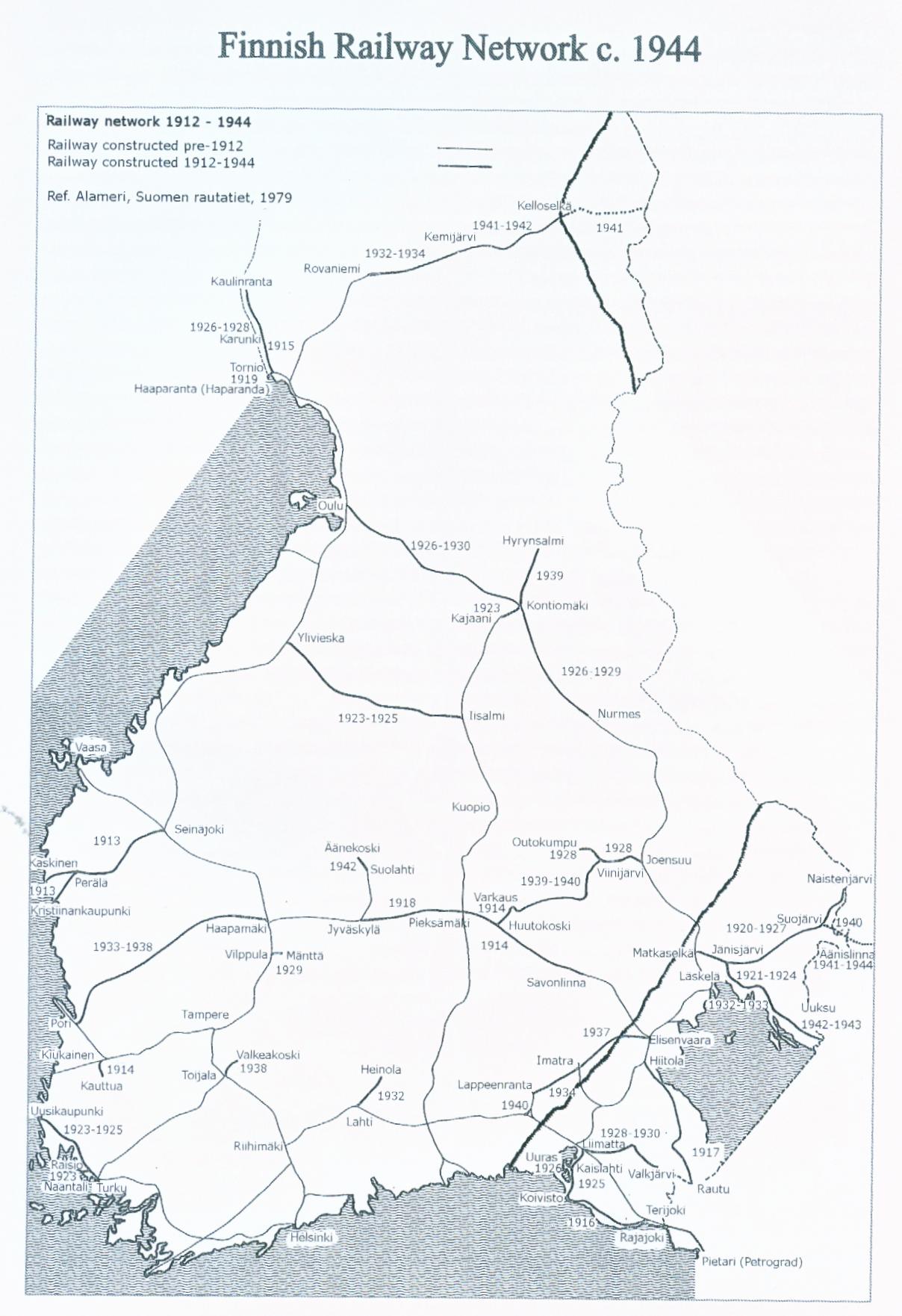1. Tell Finns that all grain shipments will immediately stop unless they'll allow Germans to place forces to southern Finland and attack Leningrad via the Karelian Isthmus.
2. Cut back the garrisons at Norway and just place token defences to Lappland, focus the forces gained by this reshuffling to the Isthmus.
3. Press onwards towards Leningrad through the outer fortification ring of the city's defences in summer 1941 while HG Nord advances through the Baltics and the Finnish Army moves towards Syväri.
They'll still lose the war, no doubt about that, but this would allow the Nazis to capture Leningrad. Luckily Hitler was too sentimental towards Mannerheim to walk over him by blackmailing with a threat of starvation - Finns would have been forced to accept such an offer.
2. Cut back the garrisons at Norway and just place token defences to Lappland, focus the forces gained by this reshuffling to the Isthmus.
3. Press onwards towards Leningrad through the outer fortification ring of the city's defences in summer 1941 while HG Nord advances through the Baltics and the Finnish Army moves towards Syväri.
They'll still lose the war, no doubt about that, but this would allow the Nazis to capture Leningrad. Luckily Hitler was too sentimental towards Mannerheim to walk over him by blackmailing with a threat of starvation - Finns would have been forced to accept such an offer.


